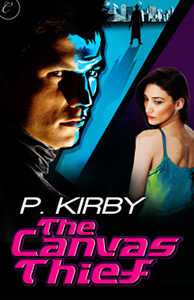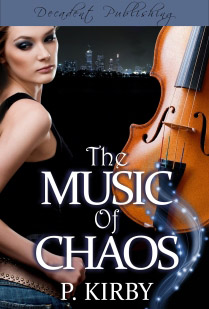 After watching Drive, a couple of things came to mind:
After watching Drive, a couple of things came to mind:
First, I hope Ryan Gosling wasn’t paid by the word, and second, the only way to make Los Angeles look like anything other than an overpopulated, ugly-ass, shithole is to film it at night.
I also realized that for once, my inability to remember a character’s name isn’t my fault because in this case, the protagonist had none. Ryan Gosling is The Driver in a bloody tale about a sometimes stunt driver/mechanic/getaway driver whose well-ordered life falls apart when he falls in love.
The movie begins with Driver precisely uttering instructions to a client, which, coincidentally, is the most you’ll hear from him for most of the movie. “Laconic” is the default setting for Mr. Driver. He explains to someone over the phone that he is theirs for a five-minute window–no more, no less. Minutes later, he’s waiting outside the typical industrial commercial building: its parking lot is encircled with chain link fence, the robbers slinking in through a back door. The clock is ticking. First one robber appears and hops in the car, then there’s a wait for the second. Police sirens scream in the distance and Driver multi-tasks, listening to a ball game on the radio and the police scanner. The second robber appears just as the first police car arrives on scene. What follows is a marvelously tense game of cops and robbers as the Driver evades the law.
By day, Driver plies a legal trade as a stunt driver and mechanic for his pal, Shannon (Bryan Cranston). Shannon is a lovable loser, the kind who’s always working an angle whose geometry looks good in theory, but which points to dead broke and up to his eyeballs in debt. Shannon’s latest scheme involves a race car, financed by the mob, and driven by Driver. The mob here is represented by Bernie (Albert Brooks) and Nino (Ron Perlman), sporting the requisite casual wiseguy wear–velour track suits.
Aside: Is it just me, or is Ron Perlman in like every movie ever made? Or at least, every movie that requires a character with a face like a stone block. Perlman’s approach to his movie roles seems like a long-running game of darts. Throw enough blindly at the board and eventually you’ll hit a bullseye, or in this case, a decent movie. Either way, he’s one of the most employed actors in Hollywood.
Enter the girl, Irene (Carey Mulligan) with her cute blond pixie cut and young son Benicio (Kaden Leos). Driver and Irene’s meet cute takes place in two acts. First, with an awkward couple of minutes on an elevator, then later when he gives her a ride home from the grocery store. (This is the only real hiccup in an otherwise solid movie. He sees her in the grocery store, shopping. Later, in the parking lot, he finds her standing by her overheated car, steam pouring from the radiator. How on heck did the car overheat while just sitting in the lot?) And so begins a rather sweet courtship filled with a few too many long silences. Honestly? At times Driver’s monosyllabic dialogue treads very thin ice between effective and damned annoying. Which side of the ice you end up on depends on whether you find Gosling’s portrayal subtly charming or one-note. In this case, I’m going with the former.
Anyway, in no time, Driver has settled into the role of substitute father to Benicio, and husband to Irene. I particularly liked his relationship with Irene’s young son. Driver’s approach to the boy is matter-of-fact; he is kind to the boy because he’s Irene’s son. The kid is just a prop; not really important and the movie doesn’t get sidetracked with a tired parable about the transformational power of a child’s love, blah-blah-schmaltz cakes.
But Driver’s small moments with the boy give him just enough softness to contrast with what is to come.
What is to come is Irene’s husband, whom she initially refers to as the boy’s father. Uh-huh. Boy’s father who is still her lawfully married husband. Cue more awkward moments when Papa, Standard Guzman (Oscar Isaac) comes home from prison. Interestingly, after a brief moment of metaphorical leg lifting, the two men settle into an uneasy friendship. A few days later Driver has to pick up a bloodied Standard, who has been beaten nearly senseless by a couple of tracksuit-wearing wiseguys. Standard’s past has followed him, and it’s up to Driver to ride drive to the rescue and save the family. Of course things go horribly wrong.
The strength of the movie lies with Gosling’s initially laconic, controlled and seemingly harmless hero; the thin veneer that covers a capacity for sudden and passionate violence. Driver occupies a similar niche as Dexter of the TV show by the same name. He’s a blond, all-American pretty boy who is utterly at ease with turning a living being into meat. His motives are noble, but his methods…not so much. Early in the movie, Driver gives us his rare, almost shy smile, and shoves his hands into the pockets of his shiny 80s-inspired satin-y jacket in a manner that’s endearingly goofy. By the end of the movie, he’s grimly marching around with a hammer, that jacket drenched in blood.
A well-made, character-driven action flick with a touch of dark romance. Recommended.


